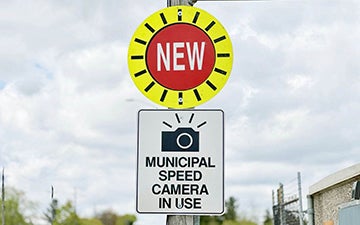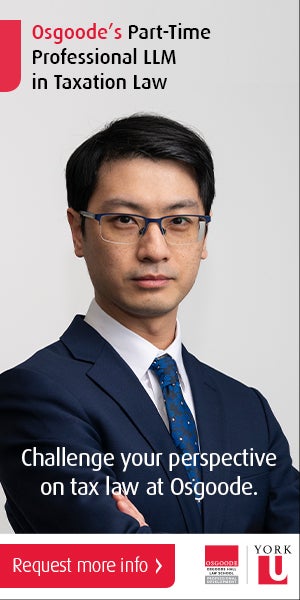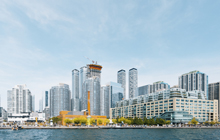Ford’s speed camera cut could cost taxpayers up to $140K next year

Niagara-on-the-Lake says taxpayers may have to make up the difference in revenue loss through increased property taxes due to Doug Ford speed camera ban.
Niagara-On-The-Lake, Oct. 6, 2025 – With Premier Doug Ford moving to ban speed camera programs across the province next month, the Town of Niagara-on-the-Lake is set to lose more than $100,000 in revenue for traffic upgrades — and it says taxpayers may have to make up the difference.
The town made $134,484 from automated speed cameras in 2024 and expected to earn a similar amount this year. That money was spent on upgrades, says Lord Mayor Gary Zalepa, including $33,000 for new speed limit signs after rural road limits went down to 70 km/h last month, “not used to pad anybody’s budget.”
“Property taxes will continue to pay for all future traffic calming and safety measures,” said town communications co-ordinator Marah Minor, which means “there are no delayed or cancelled projects.”
Replacing the lost revenue would add about $140,000 to the tax levy for 2026, equal to a 0.8 per cent increase, she said.
“Depends on the full budget review, but if all else remains the same, this item has the impact of raising the levy by that amount,” Zalepa said.
Unless, Zalepa said, “the province steps up and provides something.”
Council plans on deciding how to handle the gap during 2026 budget talks — “a council decision and (a) community decision as to what the priorities are,” Zalepa said.
Ford announced the ban at a press conference on Thursday, Sept. 25, calling the devices “nothing more than a cash grab” and saying he’ll provide municipalities with funding for speed bumps, flashing signs and other road-safety measures he says are more effective.
Niagara Region says it acknowledges Ford’s announcement, but its cameras will keep running until the law takes effect and regional council decides what to do next.
This year, the camera on Niagara Stone Road in front of Crossroads Public School was the target of multiple acts of vandalism, with unknown individuals chopping down the camera six separate times this summer during its tenure.
When drivers are caught speeding by a photo radar camera, they’re ordered to pay their ticket through the provincial courts.
That money first covers the cost of running the automated speed enforcement program. Whatever is left is split between Niagara Region and local municipalities in Niagara, with NOTL getting a share.
The funds flow through Niagara’s Vision Zero program and can only be used for safety projects such as lowering speed limits, adding signage and other traffic-calming measures.
Ford’s ban ends that funding, meaning property taxes will now cover costs “to maintain what Vision Zero could have afforded,” Minor said.
Zalepa said municipalities have a couple options: “You stop doing something else, or you have to raise a levy.”
“That’s the impact that comes out of this kind of decision,” he said.
The region, he said, wouldn’t be much help in offsetting the financial gap: “The province is dictating what’s going to happen.”
The region said having speed cameras on-site “has shown positive results,” slowing down drivers and improving their behaviour.
When a speed camera was installed at Niagara Stone Road in early 2024, the region reported average speeds dropped to 46 km/h after the camera was active, down from 57 km/h before automated enforcement. It rose again to 53 km/h after enforcement ended.
The region’s sentiment is echoed by the Ontario Association of Chiefs of Police, which released a statement on Sept. 18, stating that automated speed enforcement tools have been proven to “reduce speeding, change driver behaviour and make our roads safer for everyone.”
“Ontario’s police leaders view (automated speed enforcement) not as a revenue tool, but as a traffic safety tool,” its statement read.
Scott Fraser, Niagara’s associate director of transportation planning, said speed cameras remain part of the Vision Zero initiative, which aims to reduce and eventually eliminate traffic deaths and injuries on regional roads.
Arguing “don’t speed and you don’t pay for it” and noting speeds have dropped significantly in areas with cameras, Zalepa rejected the premier’s claim they are a “cash grab.”
“It’s too bad that I think there’s a little bit of rhetoric in this one,” he said.
“Proof is in the reports. Proof is in the funding. Proof is in the audit financial statements.”
While Ford said the province will distribute funds for municipalities to install other road-safety measures, Minor and Zalepa confirmed no details have been shared with NOTL.
“It’s encouraging to see, I guess, the premier admit, or acknowledge, that there would be some impacts, which there are,” Zalepa said.
The Lake Report is still awaiting answers on the status of the NOTL enforcement site — including the new CCTV camera and repairing the damaged pole — as well as program costs to date and any unrecoverable expenses.
Also unknown is what this means for the region’s contract with the vendor, including any penalties or termination terms, and whether Niagara will pursue the province’s proposed traffic-calming fund — details also not provided by deadline.
Paige Seburn is a Local Journalism Initiative reporter with The Lake in Niagara-on-the-Lake, Ontario. Title image: In a press conference on Thursday announcing the ban, Ford said cities and towns in Ontario should use speed bumps, flashing signs and other tools he said are more effective at slowing drivers than speed cameras [Paige Seburn, Local Journalism Initiative reporter].






_Option 1_20251029123439.png)



(0) Comments